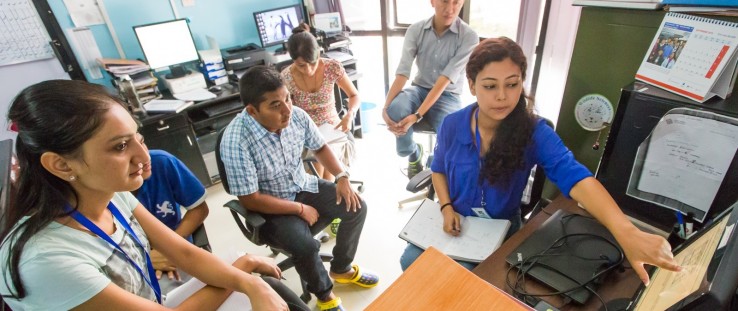 Young scientists from the Center for Molecular Dynamics Nepal work on fish DNA.
Derek Brown, USAID
Young scientists from the Center for Molecular Dynamics Nepal work on fish DNA.
Derek Brown, USAID
 Young scientists from the Center for Molecular Dynamics Nepal work on fish DNA.
Derek Brown, USAID
Young scientists from the Center for Molecular Dynamics Nepal work on fish DNA.
Derek Brown, USAID
In 2015, 15 tiger skins were seized by international wildlife crime officers. They assumed that the tigers were poached from the Sundarbans, the world’s largest area of mangrove forest located in Bangladesh and India.
But, when scientists from the Center for Molecular Dynamics Nepal (CMDN) performed a genetic analysis of the tiger skins, they found six of the 15 tiger skins were poached from a remote part of Nepal’s Bardiya National Park. Police and prosecutors armed with forensic data from CMDN knew where to look for these poachers, arrest them and convict them.
“The reports from CMDN help us to plan new operations,” said Nepal Police Deputy Superintendent Pravin Pokharel of the Central Investigation Bureau. “For example, many tiger seized skins belonged to the Bardiya National Park. Then, from CMDN’s report, an operation targeting Bardiya National Park arrested 25 people.
“Luckily, we have not received any new information of tiger poaching and trade of tiger parts.”
Dibesh Karmacharya grew up in Kathmandu, Nepal, and is a co-founder of CMDN, which received start up support from USAID.
When asked what prompted his interest in genetics, he said: “A lot of my friends wanted to be doctors or engineers and most of them headed to India. I wanted to study wildlife and environmental science. And I was fascinated by the U.S. Going to a U.S. university was my dream; at that time, not [a] lot of folks went there.”
Karmacharya finished his studies and around 2002 was working for GE Healthcare Life Sciences in the Boston area.
“I was hanging out and interacting with [a] lot of researchers at the Longwood Avenue, home of Harvard Medical School,” he said. “A lot of my ideas of doing something in Nepal came from me just hanging out in different labs there. Soon I started to travel to Nepal to do feasibility assessments and built a team to start CMDN.”
When Karmacharya turned 31, he returned to Nepal and co-founded CMDN with $250,000 in seed money. The lab’s initial goal was to protect Nepal’s wildlife by collecting DNA data from animal feces. That information can show animal diversity and population (including inbreeding issues), as well as their diets, gender and age. These facts are used to shape the Nepali Government’s policies around protecting wildlife and their habitat, and how humans and animals can coexist peacefully to ultimately conserve Nepal’s wildlife diversity.
Saving Animals, Saving Humans
Nepal is home to 38 endangered and vulnerable animals, including Bengal tigers, Tibetan wolves, Asian elephants and the greater one-horned rhinoceros. The Government of Nepal has taken great steps to protect its wildlife: In the past 10 years, the number of rhinos and tigers has increased, new conservation landscapes have been established, and the once degraded forests of the mid-hills are thriving.
Still, wildlife and humans often overlap in where they live, farm and hunt—causing problems for both. Seventy percent of human diseases are transferred from animals, including HIV, Zika and Ebola.
In Southeast Asia, the nipah virus and other types of bird flus are emerging with the potential to become global crises. Labs like CMDN are working with Western countries, including the U.S. Government’s Global Health Program, to record, collect, categorize and study disease spillover from animals to humans, as well as humans to animals.
For example, in Nepal, 60 percent of captive Asian elephants have contracted tuberculosis (TB) from humans and are spreading TB to wild elephants. CMDN developed software that brings together professors and students from Texas A&M University, the University of California, Davis, and the United Kingdom’s Oxford University to study real-time animal data and to predict emerging and new diseases.
UC-Davis’ Christine Kreuder Johnson, who is part of the Emerging Pandemic Threats PREDICT Program at the One Health Institute, said: “Our partnership with CMDN has been especially productive because this team has expertise in both public health and wildlife conservation and they have therefore been able to move seamlessly at the interface of wildlife and human health. Also, under the leadership of Dibesh, this team has been truly innovative, constantly coming up with creative ways to solve problems in the field and meet the challenges of working in diverse settings with many different species, often in very rugged conditions.”
Karmacharya said he is grateful that USAID took a chance funding a small yet ambitious research lab under the agency’s Nepal Tiger Genome Project. He believes that private research labs like his across the world, coupled with public-private partnerships, hold the key to solving some of the world’s most challenging science and development questions.
“If we don’t integrate the business aspect of things and just rely on the goodwill of donors, we won’t be sustainable,” Karmacharya said.
The scientists at CMDN have also developed a business model to work with local and international hospitals on cancer detection and diagnoses. Karmacharya directs 30 percent of the profits back from this business into the lab for research and development. It has grown from one lab in 2002 to three labs utilizing a “One Health” approach focused on identifying zoonotic threats and protecting Nepal’s wildlife and humans from diseases.
Karmacharya is proud to be Nepali, and believes that Nepal’s future is in empowering and engaging the country’s youth. CMDN recruits new employees through the lab’s quarterly science fairs, targeting Nepal’s budding scientists. This has created a vibrant research environment with 80 percent of the staff under the age of 30 and 60 percent women.
With its work considered groundbreaking in the scientific community, CMDN has made Nepal an international hub for research in wildlife conservation and genetic analysis.








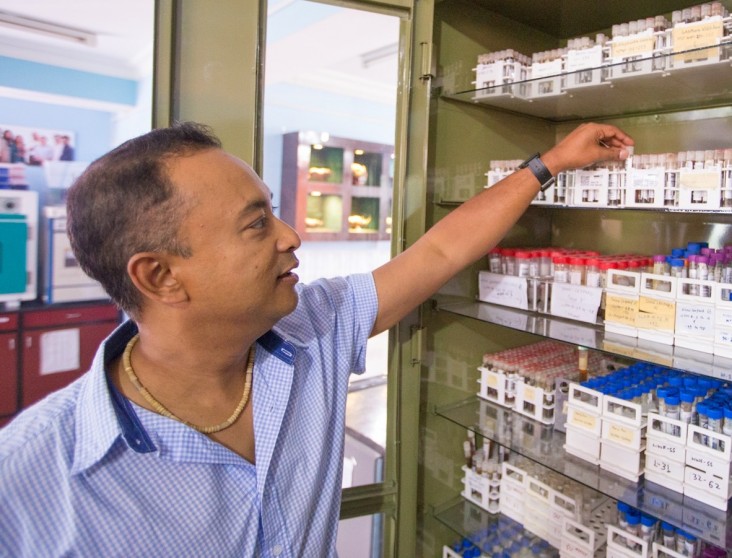
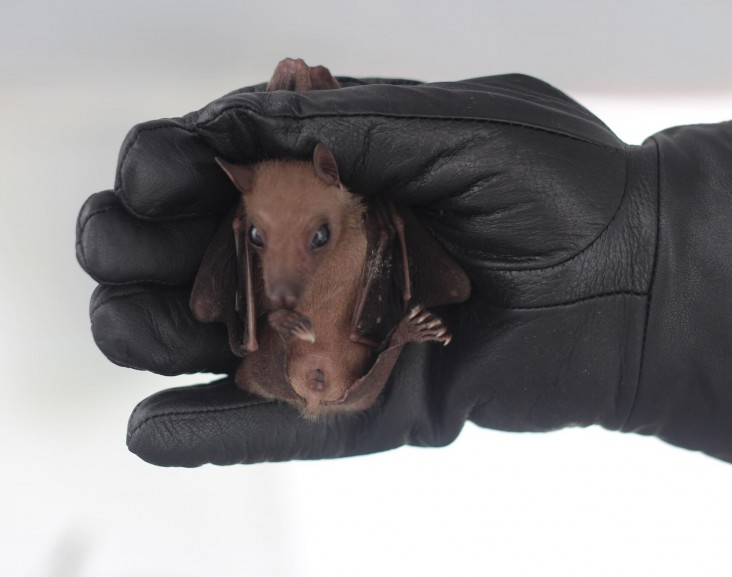
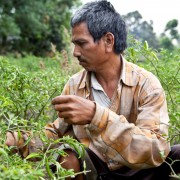

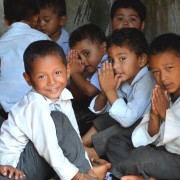
Comment
Make a general inquiry or suggest an improvement.